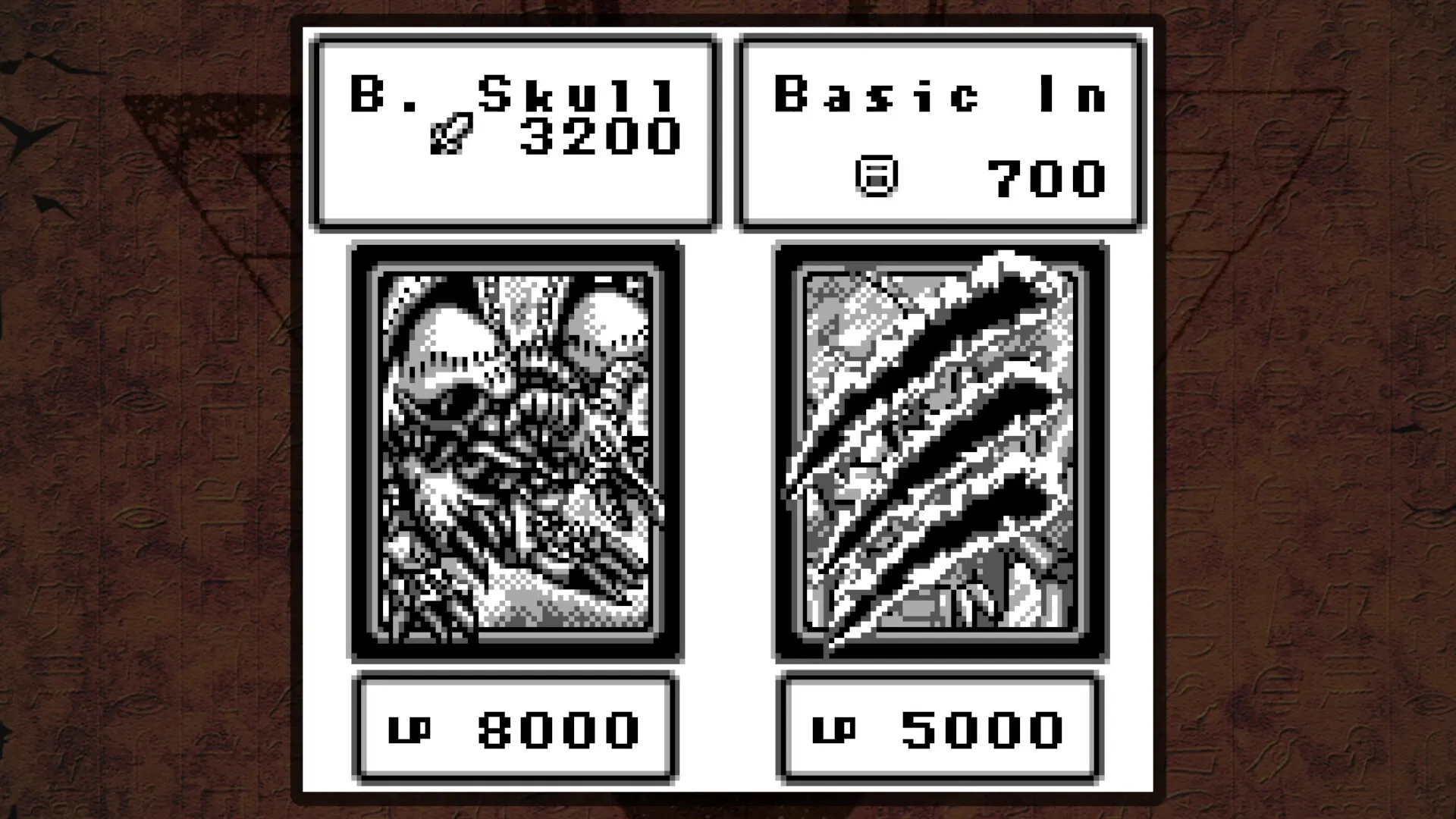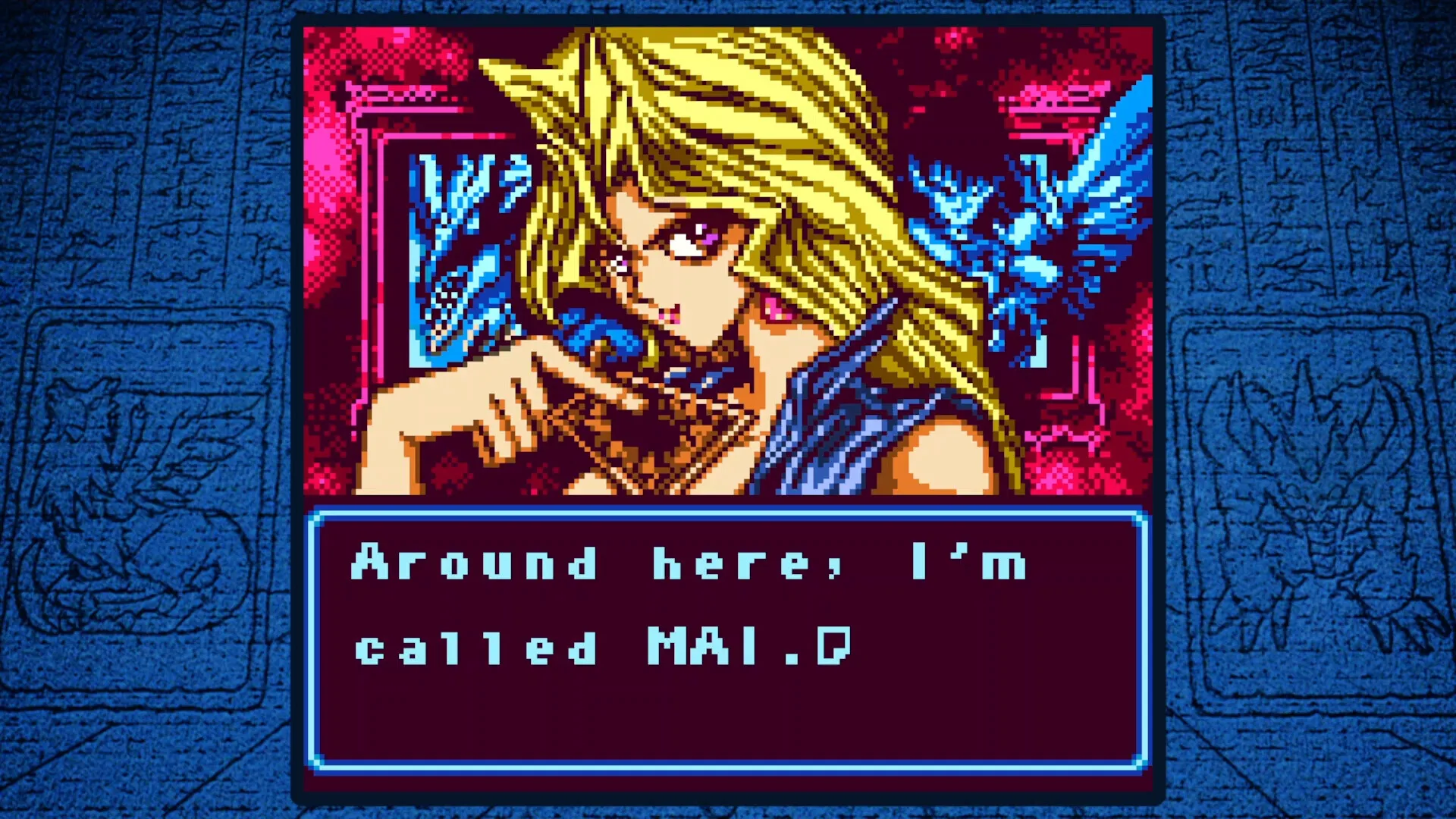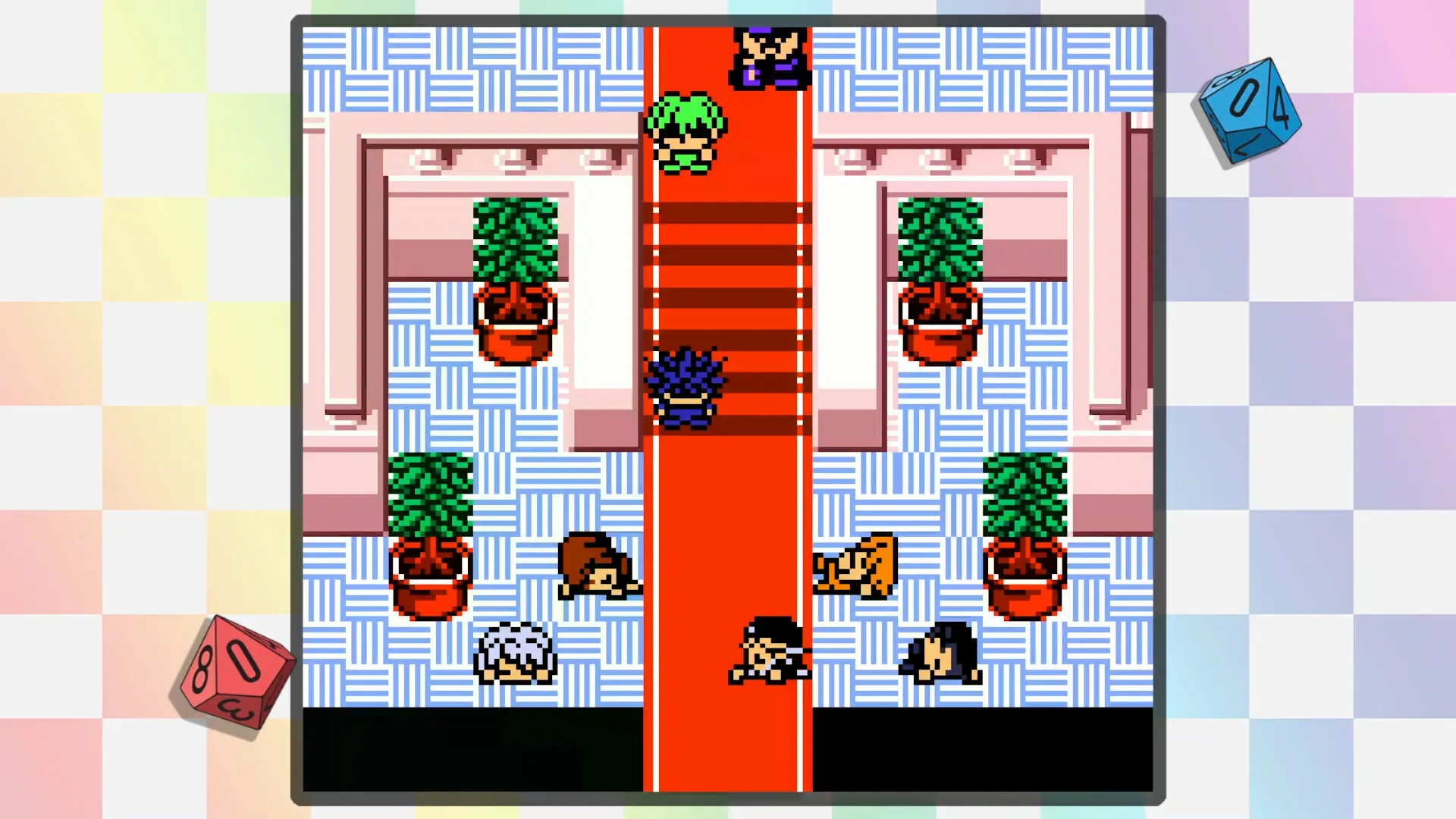Yu-Gi-Oh! Early Days Collection stands as a curated set of handheld games that trace the origins of a celebrated franchise. Beginning with the original Duel Monsters title in 1998 and extending through titles released until the mid-2000s, this collection offers a window into a period marked by straightforward narrative elements and inventive game mechanics emerging alongside limited technology.
Originating from Japanese manga where card duels served as a dramatic narrative device, these games transitioned into formats that reached audiences beyond their home market. Early design decisions—such as manual card summoning and the experimental use of fusion mechanics—reflect a stage of creative testing that resonates with fans across different regions.
Regional adaptations and localized versions mirror the initial artistic vision while revealing shifts influenced by market pressures. The design and storytelling, reminiscent of cinematic techniques found in international film, highlight artistic traditions shaped by both heritage and technological constraints.
A sentimental charm arises from the raw mechanics and modest audiovisual presentation, elements that continue to evoke memories of a formative creative era. This anthology invites readers to ponder how its cultural origins and technological innovations continue to shape interactive storytelling in ways that remain open to interpretation.
A Spectrum of Handheld Classics
The collection gathers a notable number of early Yu-Gi-Oh! titles, each reflecting a period of experimentation and artistic expression from Japan. This assortment brings together several distinct games, including traditional Duel Monsters entries alongside titles that reinterpret the card dueling experience with elements borrowed from board and role-playing games.
Among these are titles that appear in different language versions, with some games available only in their original form while others have been localized for wider audiences. The variety in regional releases offers a window into the ways cultural nuances affect game presentation and rule interpretation.
The games in this package were originally developed for devices such as the Game Boy, Game Boy Color, and Game Boy Advance.
These platforms shaped the design choices and technical constraints evident in the gameplay and visual presentation.
The focus on handheld entries reveals a deliberate choice that highlights the era when portable gaming flourished in Japan, a period that left a distinct imprint on game mechanics and storytelling styles.
Emulation has enabled these works to be experienced by new audiences, preserving experiences that might otherwise have been lost in time.
The lineup features a mix of straightforward card battle games and experimental spin-offs. Traditional Duel Monsters titles follow a rigid structure derived from early manga depictions of high-stakes duels, while spin-offs such as Dungeon Dice Monsters and Destiny Board Traveler offer alternative gameplay experiences that incorporate strategic board elements and narrative twists.
These variations invite comparisons with international media, where storytelling and interactive mechanics often intersect. The collection prompts reflection on how regional production values and artistic traditions shape game design, inviting questions about how classic mechanics and modern interpretations converse across cultural lines.
Mechanics and Systems: Cross-Cultural Confluences in Card Strategy
The traditional Duel Monsters titles in this collection operate on straightforward card game principles. Players initiate each duel by drawing cards, engaging in rituals of summoning through fusion or tribute methods, and then contesting battles based on numerical values assigned to attack and defense.
These mechanics mirror a design philosophy that prioritizes direct, unembellished conflict resolution, a style reminiscent of narrative techniques found in international cinema that favor clear visual symbolism over elaborate exposition.
When set beside modern trading card game systems, these early mechanics stand out for their deliberate simplicity, reflecting an era when rules were crafted to emphasize immediate player engagement and visceral strategic choice.
Among the innovative features in these titles is an alignment system governed by a rock-paper-scissors dynamic. Here, a card’s effectiveness hinges on its predetermined thematic alignment, sometimes overriding basic numerical comparisons.
This approach introduces an element of unpredictability, forcing players to think beyond raw statistics and consider tactical interactions akin to thematic rivalries in classic film narratives. In addition, early implementations of deck capacity limits and password systems for unlocking cards introduce an additional layer of strategic planning.
Such design choices reveal influences from regional production practices and artistic traditions, where limitations in technology and resource allocation sparked creative solutions that resonate with cultural storytelling methods.
A notable addition is the rewind feature, which permits players to correct errors during duels, effectively encouraging experimentation with tactical decisions. In contrast, the restriction to a single save slot in each game underscores an era where progress was marked by consequence and measured risk.
These functional elements shape a distinctive pacing in gameplay that compels careful thought before each move, inviting players to balance risk and reward in a way that echoes narrative tension seen in visual storytelling from various parts of the world.
The resulting interplay between narrative structure and mechanical systems leaves open questions about how these early designs inform today’s global dialogue in interactive media.
Interface and Visual Presentation: A Cross-Cultural Examination
The collection presents an interesting view into the early era of handheld gaming, where pixel art played an essential role in storytelling and user engagement. The art, modest in detail, carries a nostalgic charm that reflects the artistic culture from which these titles emerged.
When rendered on modern displays, the low resolution reveals both a straightforward simplicity and a noticeable rigidity in visual design. The faithful emulation of these games preserves the original aesthetic, though some aspects of the display appear stark when compared with today’s high-definition experiences.
The design of the menus and navigation systems reflects the constraints and creative decisions of its time. The interfaces are arranged in a sequential style typical of Japanese handheld titles, presenting players with a series of clearly defined options.
Recurrent issues such as repetitive prompts and the difficulty in configuring monster defense modes without multiple confirmations serve as reminders of the technological limitations that once influenced every design choice. These elements offer a window into a cultural emphasis on precision and a measured pace expected from players during that period.
The audio landscape varies across the collection. Earlier titles feature simple 8-bit compositions that evoke memories of a bygone era, while later entries incorporate richer audio cues that indicate a shift toward more sophisticated production values.
The sound effects and music combine to reinforce a nostalgic atmosphere, mirroring techniques seen in international cinema where minimalist soundtracks evoke deep emotions.
The interplay between visual elements and sound provides a perspective on how these classic titles balance their heritage with modern expectations, inviting reflections on the ongoing evolution of interactive entertainment.
Enhanced Features and Preservation
The collection integrates a range of bonus materials that serve as artifacts of a bygone era in gaming. Scanned manuals, original box art, and information on regional variants provide insight into the creative process of the time.
These extras function as archival treasures, offering an immersive window into production practices and artistic choices that defined early handheld titles. They supply tangible evidence of cultural expression and design philosophy, bridging modern experiences with historical documentation.
In addition, the collection includes options that allow players to modify and customize their experience. Unlocking all available cards, adjusting deck capacities, and revealing hidden character options encourage a flexible approach to gameplay.
A rewind function permits players to revisit recent decisions, compensating for an inherent limitation—a single save slot per game. This technical choice reinforces a design ethos marked by measured pacing and calculated risk.
Such features prompt a reflection on how player agency and system constraints converge in gaming experiences that mirror shifts in cultural production practices.
Display settings further enhance the overall user experience. Various viewing modes, ranging from the Original format to wider alternatives, affect gameplay visibility and comfort.
Adjustable text sizes and filter options address modern accessibility needs while preserving the authentic visual presentation characteristic of earlier design styles.
These design choices prompt consideration of how historical limitations and modern innovations interact, inviting ongoing reflection on the evolution of gaming interfaces and their cultural significance.
Player Experience and Accessibility: Cross-Cultural Reflections
A notable challenge for newcomers lies in the steep learning curve; the absence of built-in guides forces players to rely on printed manuals. The interface, designed for an earlier era, presents menus and prompts that require careful reading and patience.
Complex navigation and repeated confirmations, such as switching monster stances, can prove demanding, creating a sense of disorientation for those unaccustomed to the deliberate pace of older interactive systems.
Seasoned players recall a time when each decision carried weight, evoking memories of initial encounters with card duels that were both dramatic and experimental.
The experience oscillates between a heartfelt reconnection with cherished traditions and moments of irritation when cumbersome controls interrupt the flow of play.
This duality highlights the tension between preserving cultural heritage and adapting to modern expectations. The game offers flashes of brilliance in its ability to transport players to a formative era in gaming, yet its design choices sometimes restrict fluid interaction.
Collectors and enthusiasts who have followed the franchise through its early chapters may find the experience rewarding. Those with an interest in the evolution of interactive entertainment will discover that the collection encapsulates a historical snapshot, reflecting values and design philosophies from its native environment.
Meanwhile, casual gamers might struggle with the system’s rigidity, finding the manual-dependent structure less inviting.
The interplay between storied legacy and early technological limits creates a complex, layered experience—one that invites reflection on how artistic traditions and technical constraints converge in the realm of game design, leaving space for ongoing interpretation and debate.
The Review
Yu-Gi-Oh! Early Days Collection
Yu-Gi-Oh! Early Days Collection serves as an evocative relic of card duel history, combining straightforward mechanics with a raw visual and auditory charm. It challenges players with its manual-driven tutorials and measured pace, rewarding those who value its historical significance. While its interface and design may prove unwieldy for newcomers, dedicated fans and retro enthusiasts find merit in its authentic portrayal of early gaming culture.
PROS
- Nostalgic appeal
- Rich archival extras
CONS
- Steep learning curve
- Outdated user interface




















































